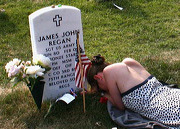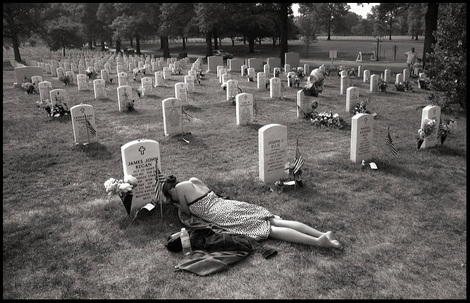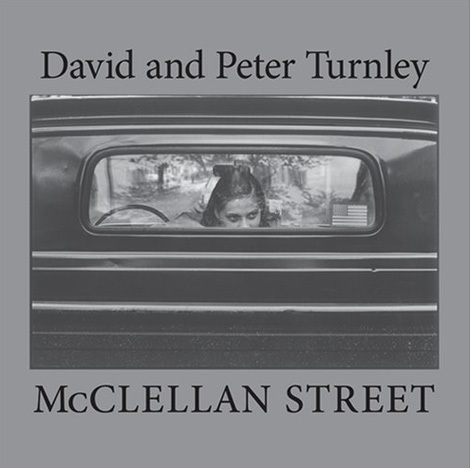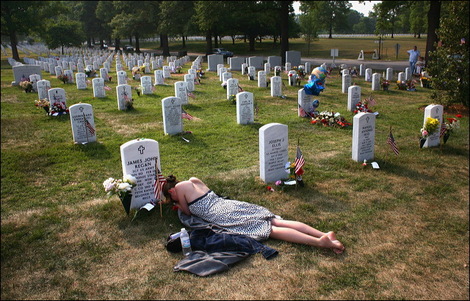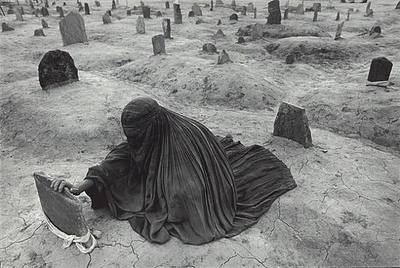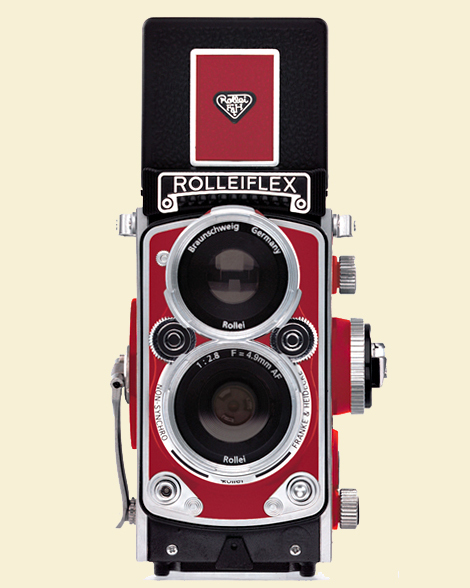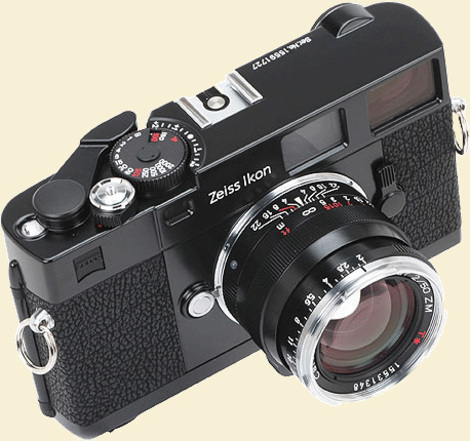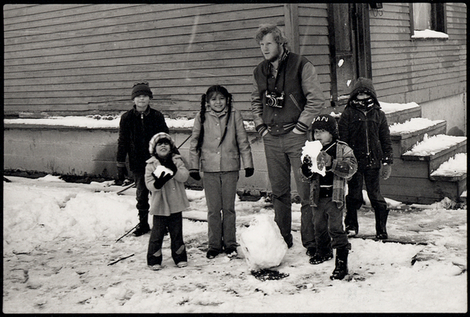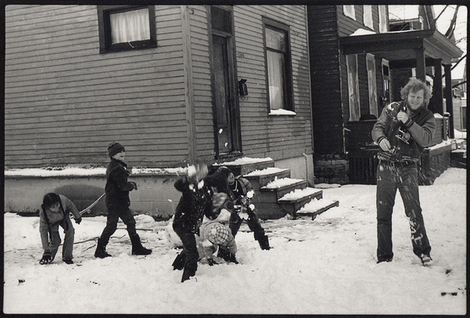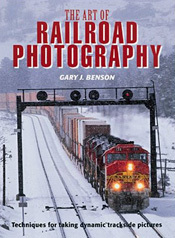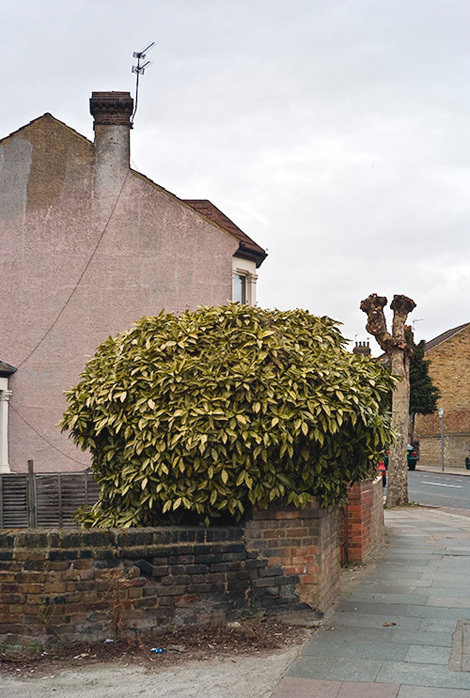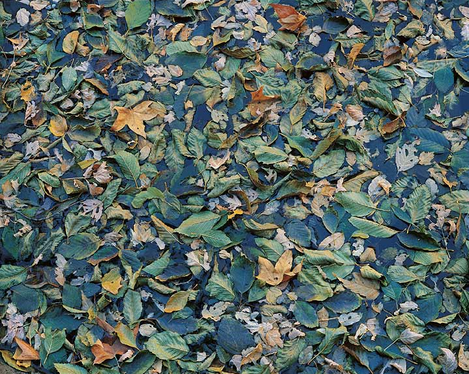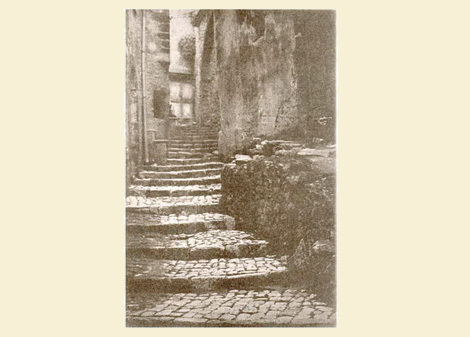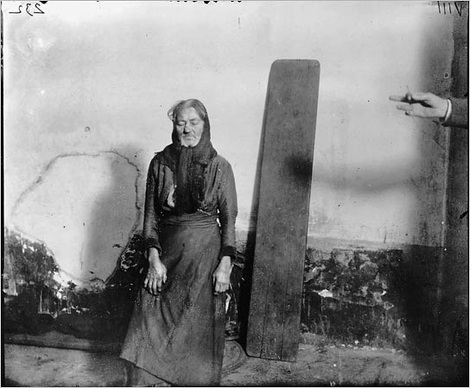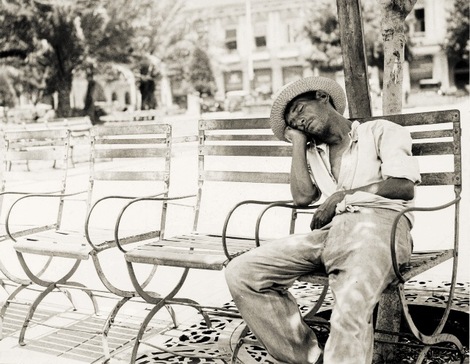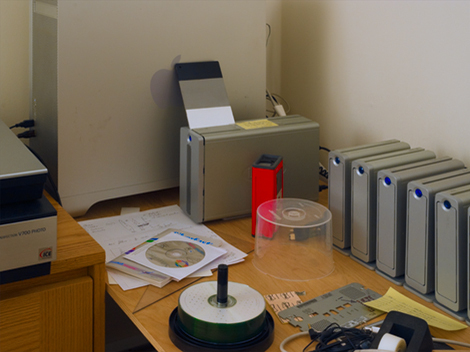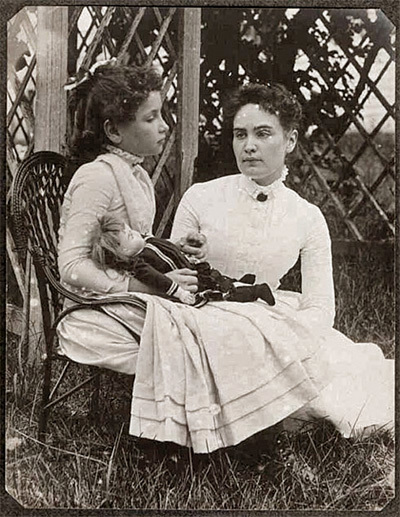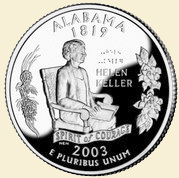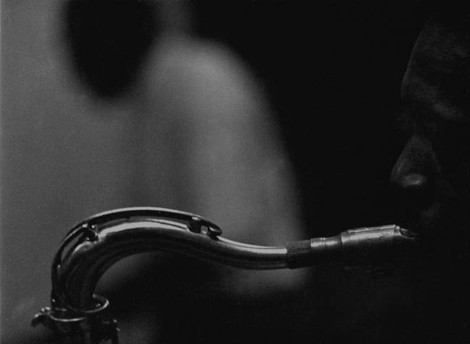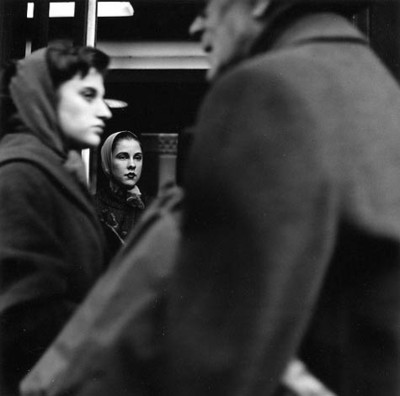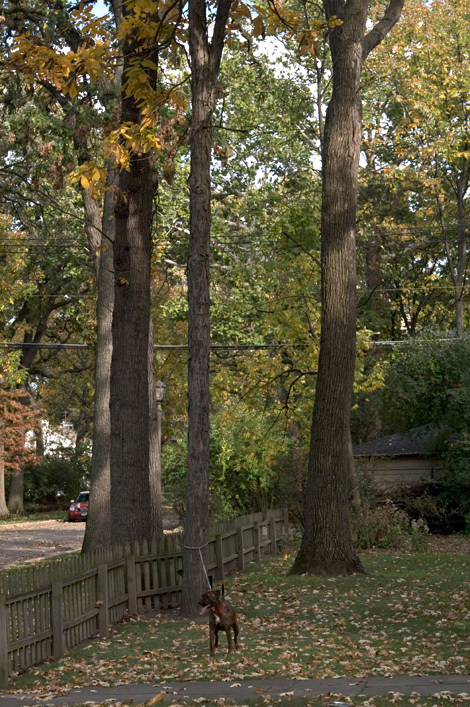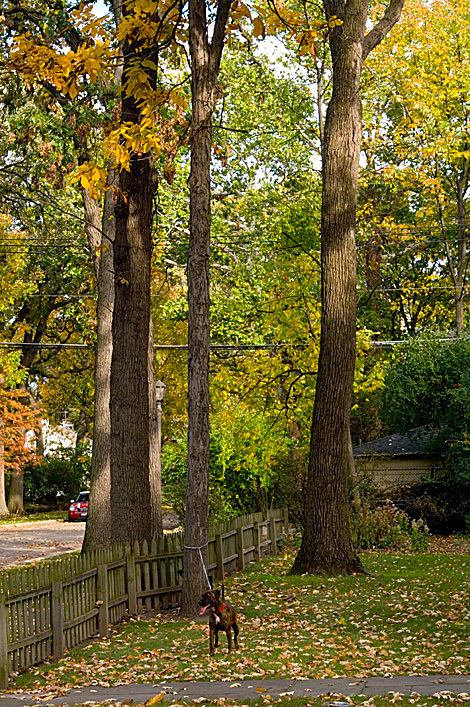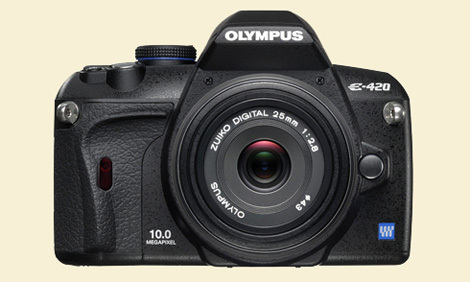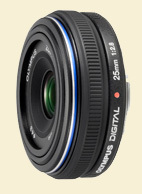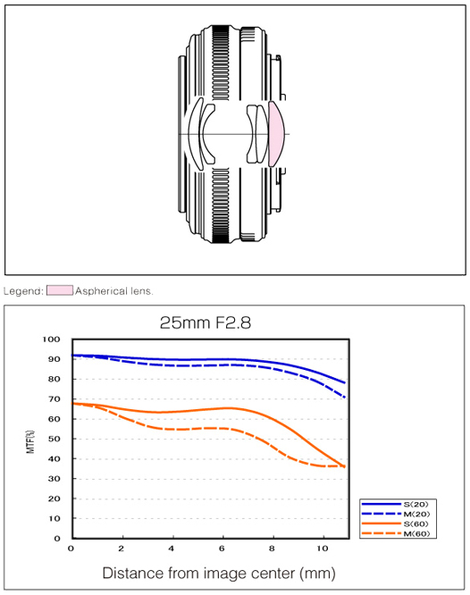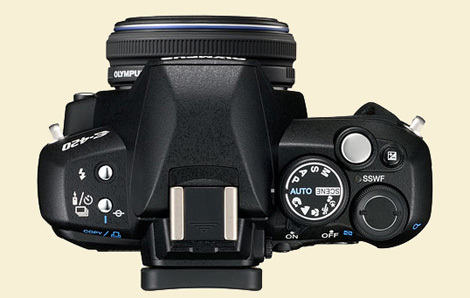Although I'm often to be found spouting off on this, my own blog, I'm very much still a student myself, still learning. I often learn stuff from the comments. Some of the little epiphanies they lead me to are surprisingly simple and basic—not so much "aha" moments as, one might say, "duh" moments.
I think that in considering the cropped version of John Moore's photo as it appeared in the New York Times (after the issue of cropping was brought up by Richard and the cropped published version was pointed out by robert e—thanks guys), I finally realized just why I have always had an aversion to cropping. It's not that I have some sort of rigid adherence to principles, some remorseless fealty to rules. It's simply that photographs let me see, and, given the choice, I seldom want to see less.
You'd think I would have figured this out, been able to articulate it, thirty years ago. But no.
Once you start cropping, why stop? You've entered context-elimination mode; you're engaging in the activity of denying information to the viewer; why not take it a little further, and then a little further than that? (And by the way, when pictures are cropped in magazines and newspapers, don't think that the effectiveness of the picture is always the primary reason. Most always, fitting to the page and leaving enough room for the text is equally important, or more so. I might also wickedly point out that sometimes picture editors need something to do to feel useful.) In the cropped version of Moore's photo, why leave in the bush in the upper right-hand corner? Let's get that outta there. What does the bright blue mylar balloon contribute? Might as well ex that. For that matter, isn't the lump of flowers underneath the blue balloon "distracting" (to use the debasing argot of the demotic online micro-review) too? Is it too bad you can't get rid of Mary McHugh's water bottle, or the name of the soldier on the next headstone over? Why isn't this:
...the whole picture? (This is certainly a much lesser picture in my view, just to be clear, although the central event and presumably its emotion are still intact.)
I just don't think that way. More context and more information never hurts me, I don't think. Even if the extra information (the stuff in any picture that might have been cropped) is not exactly to the point, even if it's confusing, even if it's "distracting," and even if it detracts from the elegance and artistic rigor of a photograph's formal qualities, the fact remains, I usually still want to see it.
I really think it's that simple.
Cropping out the color
As to whether it would be better in B&W, I think it still works that way, and I don't mind it that way. But it works in color too, and that's the way the photographer took it. As David Vestal says, "So, okay."
____________________
Mike
ADDENDUM: There's a lot of confusion in the comments about what I'm talking about here (for which I take some if not all of the blame). What I'm talking about is trusting the photographer. The photographer is at the scene, and makes the decision of what to show and what not to show. A practiced photographer composes quickly and fluidly, almost instinctively. I'm talking about not second-guessing their judgment. Being at the scene, a good photographer knows where to stand and what to show. That's what I mean when I say I want to see it—I want to see what the photographer wanted to show me.
I would include myself, when I'm the photographer, in that category—my tendency has always been to trust what I saw and how I saw it when I took the picture. If my standpoint and angle-of-view decisions resulted in a weak shot, then I just reject the shot; if it's a strong shot, then I keep everything I saw the way I saw it.
Other people are of course free to make their own determinations about that. I would hope that goes without saying. I can only talk about myself.
My comments above were about cropping. Just to be clear, what we do when we have a camera in our hands at the scene is not "cropping" and should not be confused with cropping. Cropping is something you can only do to a static, 2-dimensional image. It means trimming the edges off or extracting a detail (a segment) from out of the middle of a larger picture. When you're organizing 3-dimensional space into a 2-dimensional image, and live, moving reality within time's flow into a static, "frozen" moment extracted from the flow of time, that's not cropping and shouldn't be called by that name.
In this case we know how the photographer wanted the image, because he blogged about it and presumably would show it in his blog the way he wanted it to be. That's what I want to see. No more, I guess. But certainly no less. —M.J.
Featured Comment by robert e: "If you can forgive me for taking a non-photograph-centric view, sometimes less can tell you more.
"The Times crop emphasizes the central element while suggesting the broader contexts. It is still an arresting image, but for context I am forced to cast outside the picture, where I find find text and other photos, thus apprehending the story the editors wanted to present. It is not necessarily a better picture cropped, but it may be a more effective image to print with other essential explicative material. I think the editors helped themselves by cropping as they did.
"The (presumably) full frame, on the other hand, has a lot more to show and say and a lot more to contemplate. It is a stronger photograph on its own, but so strong that I could get lost in it, perhaps long enough to run out of time to consider the accompanying material, or to lose interest in learning more.
"I think that most news photographers look for the shot that tells the story in an instant. News editors have other tools and a more constrained and nuanced task, or may need to tell a slightly different story.
"On a more mundane level, small details like we're talking about tend to render poorly on newsprint."
